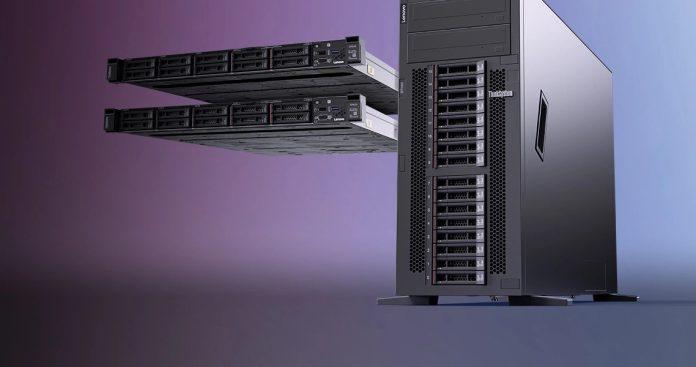Small and medium-sized enterprises (SMBs) are utterly spoiled for choice whether it comes to their first purpose-built 2U rack server or an upgrade for outdated systems. According to widespread opinion, SMBs can get the finest possible combination of processing power, storage capacity, and expandability from the 2U form size.
Moreover, small businesses are sometimes confused about which option to select while keeping in mind their existing resources and financial limitations while looking for this efficient service. As a result, selecting a decent rack server 2u entails some criteria that can be evaluated before making the best choice.
Factors to Consider When Choosing a 2U Server
1: Power Consumption
Check for chassis thermal constraints in TDP when selecting your rack servers as these may restrict your processor options because high core counts also mean high power consumption. The majority of suppliers have updated their server chassis to accommodate the increased cooling requirements of these fourth-generation CPUs.
Even the cooling fan’s type must be taken into account; Lenovo provides options for ordinary, high-performance, and extremely high-performance fans. Make sure they have the same form factor because you might need to swap out the fan modules for high-efficiency ones if you decide to upgrade the CPUs in the future.
2: Network Connectivity
To communicate with other devices, like computers, printers, and storage units, a server has to be able to connect to the network. Network ports on the server provide network connectivity. Network ports come in two varieties:
Ethernet Gigabit is a commonly used network standard that can provide speed up to 1 Gigabit per second. However, 10 Gigabit provides faster speed per second. It’s crucial to choose 2U rack servers with a range of network ports when buying one.
Due to its adaptability, the server can easily connect to a variety of gadgets and networks, satisfying various connectivity requirements in contemporary data center settings.
3: Define Your Requirement
It is important to determine your business requirements before delving into the 2U rack servers’ technical details and characteristics. Think about the following elements:
- a. Workload: What types of apps or workloads will be running on the server? Is it for general-purpose computing, virtualization, web hosting, or databases?
- b. Scalability: Will you eventually need to increase the capacity of your server?
- c. Budget: What is your allotted spending limit for the server hardware, including any required extras or upgrades?
- d. Rack space: Make sure you have adequate room in your rack for a 2U server and any additional equipment you intend to install.
4: Security and Serve
It would be prudent to specify multiple power sources so that if one fails, the second will keep the server functioning, just as RAID offers security against drive failures.
Moreover, it’s a good idea to spend money on an uninterruptible power supply (UPS) so that the server can shut down properly in the event of a power surge or outage and protect your data.
Remember that RAID and power redundancy aren’t backup options even though they can protect you from hardware failures. Set up a solid data backup policy straight away. SMBs can benefit greatly from a variety of on-premises and cloud solutions.
5: Remote Management
Equally crucial are remote management and monitoring, which let support professionals maintain tabs on the health of servers and ensure their consistent operation. The most effective rack servers have dedicated controllers on their motherboards that offer a web console so you can view the status of crucial components in real time and remotely control the server.
Your 2U rack server must have remote management capabilities to be efficiently managed and maintained. Such features improve overall effectiveness, reduce downtime, and support better server administration and maintenance procedures.
Conclusion
The newest 2U rack servers offer an astounding array of features, such as a choice of processors with many cores from AMD or Intel, fast DDR5 memory, adaptable storage configurations, and significant expansion capability.
Growing SMBs looking for their first rack server or a timely upgrade have it better than ever because they can pick the ideal system to fit their present and future demands while staying within their budgets.
FAQ
- How many 2U servers can a rack accommodate?
14 servers might theoretically fit in a rack because standard units are 3U in height. Therefore, if you lower the height of your servers to 2U or even 1U, the rack may accommodate 21 or even 42 servers. This enables greater computing power to be housed on the same amount of floor space, possibly doubling it.
- What advantages does a 2U server offer?
Since a 1U device needs fewer and more compact circuits, a 2U device may be less expensive to buy and run than a 1U server. A 2U server’s additional room facilitates cooling and offers more options for adding drives and expansion cards. In a colocation situation, a 2U server costs less to maintain and house than a 4U server.
